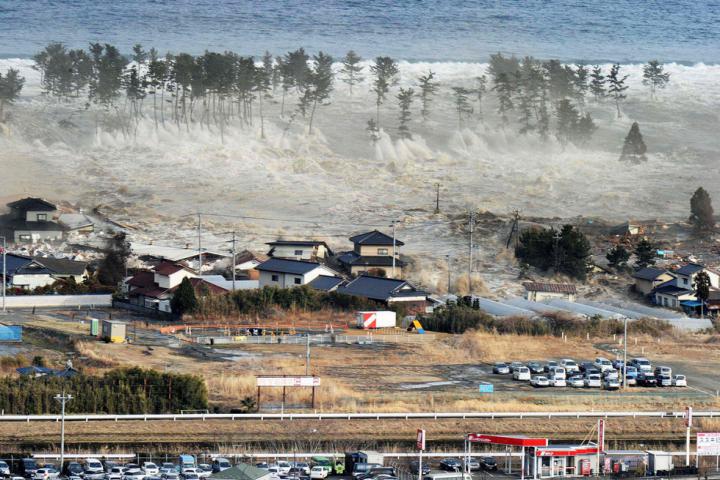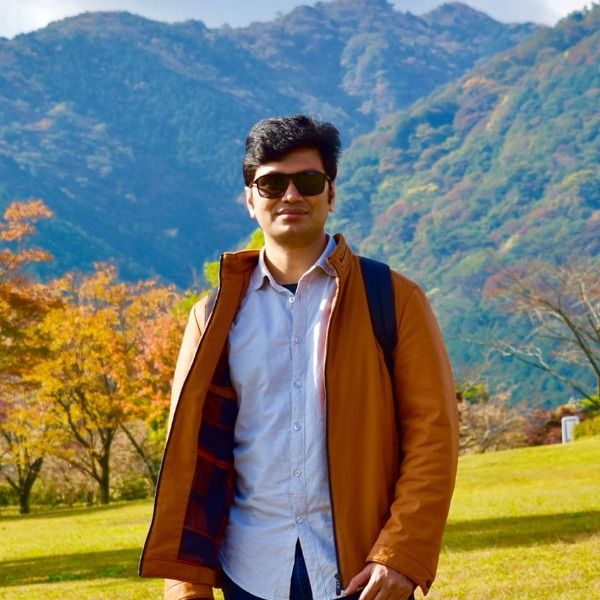
Coastal and Ocean Engineering ( Water Wave Run-up and Coastal Forests), Numerical Analysis, Computational Fluid Dynamics.
Natural hazards like tsunami and storm surge are important issues in coastal engineering. Now a day’s tsunami is one of the most devastating hazards in the world for its destructive characteristics. The word tsunami means harbor wave which is a Japanese word. A series of waves generating in deep oceans by a sudden disturbance due to earthquakes, volcanic eruption or underwater landslides is defined as tsunami. When tsunami waves propagate to the shoreline, then it breaks and dissipates their energy. As a result the water moves on the beaches, overtops the dikes and submerged the coastal region. The maximum up rush of water above the steel water level is defined as wave run-up.
According to the past, in 2011, the tsunami generated by earthquakes in Japan damaged more than 300000 buildings, submerged industrial area and caused the death of more than 15000 people. In 26 December 2004, the most destructive historical tsunami occurred in South East Asia. More than 100000 people were killed in 11 countries and caused tremendous devastation on beaches and further inland throughout the Bay of Bengal and the Indian Ocean region. Most recent in 28 September 2018, tsunami waves attacked in Indonesia and destroyed thousands of houses, infrastructure and more than 1200 people killed (The Telegraph, 2 October 2018). Observations from several events show that coastal forest vegetation practices could intensify the negative environmental impacts of a storm surge, cyclone and tide by coastal stability and protection.

